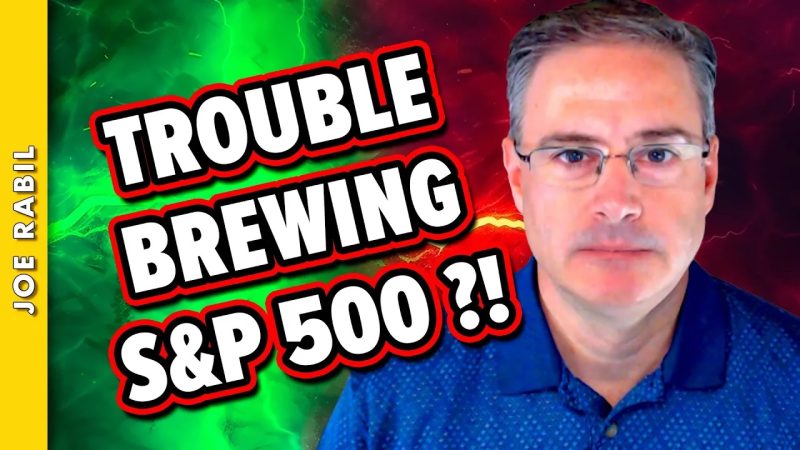In today’s fast-paced financial markets, staying informed and aware of potential warning signs is crucial for investors to navigate uncertainties and protect their portfolios. The S&P 500 is a widely followed benchmark index that provides valuable insights into the overall health of the economy and stock market. Monitoring warning signs of a potential downturn in the S&P 500 can help investors make informed decisions to mitigate risks and potentially capitalize on opportunities. Let’s explore some key indicators that investors should watch for.
1. Valuation Metrics:
Valuation metrics such as the price-to-earnings (P/E) ratio can provide insight into whether stocks are overvalued or undervalued. A high P/E ratio may indicate that stocks are expensive relative to their earnings and could be a warning sign of a market downturn. Investors should also consider other valuation metrics like the price-to-sales ratio, price-to-book ratio, and CAPE ratio to get a comprehensive view of the market’s valuation.
2. Economic Indicators:
Monitoring key economic indicators can help investors gauge the health of the economy and anticipate potential market shifts. Indicators like GDP growth, unemployment rates, consumer spending, and inflation can provide valuable insights into the overall economic conditions that may impact the S&P 500. A slowdown in economic growth or rising unemployment rates could be early warning signs of a market downturn.
3. Market Breadth:
Market breadth measures the participation of individual stocks in a market rally or decline. A healthy market rally should be supported by a broad participation of stocks across different sectors and market caps. However, if only a handful of stocks are driving the market higher while a majority of stocks are lagging, it could signal a weakening market that is vulnerable to a downturn. Investors should pay attention to market breadth indicators like the advance-decline line and the percentage of stocks trading above their moving averages.
4. Technical Analysis:
Technical analysis involves studying past market data, primarily price and volume, to forecast future price movements. Chart patterns, trendlines, moving averages, and other technical indicators can help investors identify potential support and resistance levels in the S&P 500. A breakdown below key technical levels or the formation of bearish chart patterns could signal a potential downturn in the market.
5. Federal Reserve Policy:
The Federal Reserve plays a crucial role in influencing interest rates and monetary policy, which can have a significant impact on the stock market. Investors should closely monitor the Fed’s actions and statements for signals about future interest rate changes or shifts in monetary policy. A hawkish Fed that signals its intent to raise interest rates aggressively could dampen investor sentiment and lead to a market downturn.
In conclusion, being alert to warning signs of a potential S&P 500 downturn is essential for investors to protect their portfolios and make informed investment decisions. By monitoring valuation metrics, economic indicators, market breadth, technical analysis, and Federal Reserve policy, investors can stay ahead of market developments and adjust their investment strategies accordingly. Remember to conduct thorough research and consult with financial advisors to make well-informed decisions based on your financial goals and risk tolerance.
